READY TO GET STARTED?
REQUEST A FREE ESTIMATE
Fill out the form below or call (888) 466-7849 for a free, no-obligation estimate.
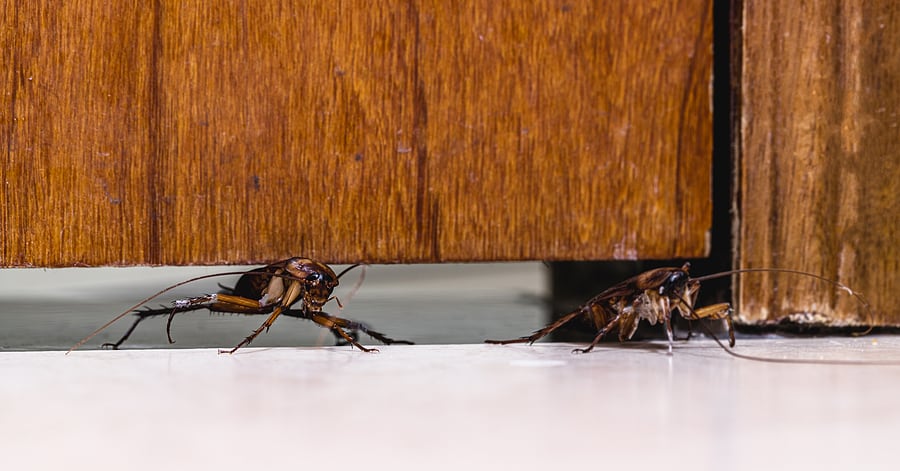
Roaches are one of the most common household pests. These pests are resilient, adapting to just about any environment. When you spot one cockroach, there are usually several more hidden out of sight. Cockroaches carry diseases, contaminate surfaces they come into contact with, and can trigger allergies and asthma. They are extremely difficult to get rid of once an infestation is established, both due to their resiliency and their ability to reproduce quickly and often. So what do you do if you see roaches in your home?
The first step is to identify what type of roach you are dealing with. Some of the most common cockroaches found in homes in the United States are American roaches, German roaches, and Oriental roaches. The type of roach you have and the size of the infestation are both determining factors in the course of treatment.
The second step is to contact the professionals. Because roaches are so difficult to get rid of, the services of a professional pest control company are beneficial. A technician will come out and give your home a thorough inspection to help determine the type and size of the infestation to set up a custom treatment plan that targets only the intended pests. They will also set you up with ongoing pest control in the future.
The final step is ongoing prevention to keep the roaches from coming back. Cockroaches come into your home in search of food and water. They usually thrive in warm, moist environments. Help keep them out by:
Add Some Shine to Your Crawl Space
Benefits to Winter Pest Control
Rodent Control Methods For Your Home
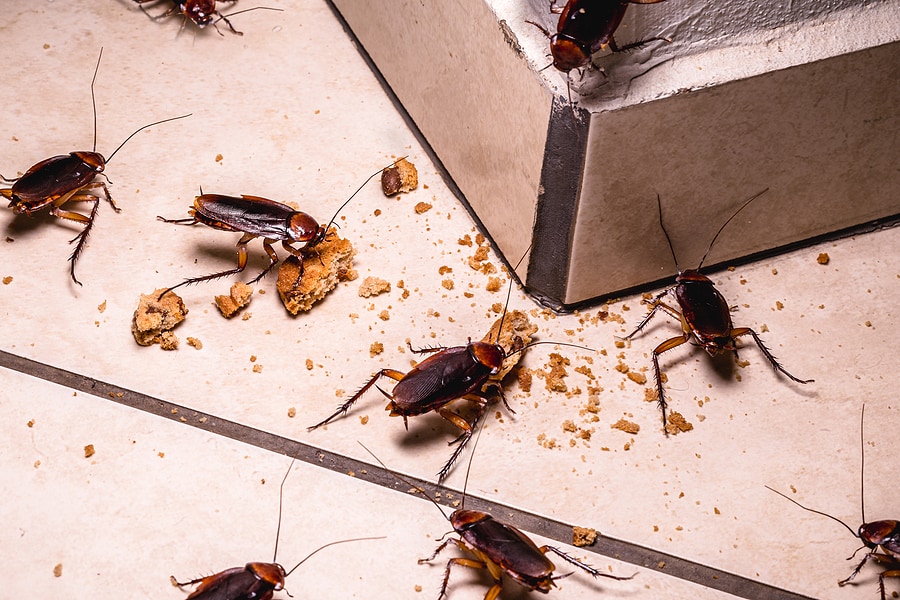
Cockroaches are common household pests that are found worldwide. While they don’t bite or cause structural damage to homes, they can be harmful to your health by contaminating food and other surfaces and triggering allergies and asthma in those affected. Roaches can get into the cleanest of homes in their quest for food, water, and shelter which they need to survive. Once inside, roaches will seek out warmth, moisture, and darkness, often being found in kitchens and bathrooms.
How do they get inside? Roaches have become very resourceful when it comes to getting into places. They can crawl through small holes or cracks in the exterior of buildings, flattening themselves into the smallest spaces. They will also squeeze through openings around doors and windows or sneak through when they’ve been left open too long. They will hitch a ride (or even lay their eggs) on bags, luggage, backpacks, used furniture, used appliances, packages, and even groceries that you bring unknowingly into your home. They can also come in through pipes or other holes in walls (especially shared walls like those in apartments).
If you have the makings of a cockroach infestation, try some of these cockroach prevention tips to help get them under control.
Identify and Prevent Brown Recluse in Your Tennessee Home
6 Signs of Subterranean Termites

When a cockroach is seen inside your house, the first reaction is to figure out how to get it out; and the second is how to prevent it from coming back inside in the future! Understanding the difference between and identifying common roach species can help ensure proper treatment and prevention for your home, keeping your family and property safe and healthy. Here we break down the three most common roaches that could be infesting your home.
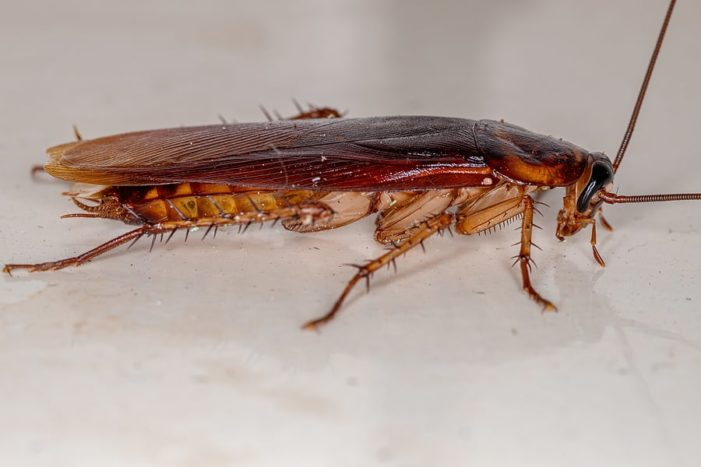
The American cockroach is the largest species in the U.S. These pests are reddish-brown with a shield-like structure that covers their head. Both males and females have wings and can fly short distances. They are also considered the fastest running insects, as they will quickly scamper out of sight when someone enters the room! While these roaches prefer warmer temperatures, they can survive the cold, often looking indoors for warmth. Common places American cockroaches are found are in basements, woodpiles, attics, and crawlspaces.
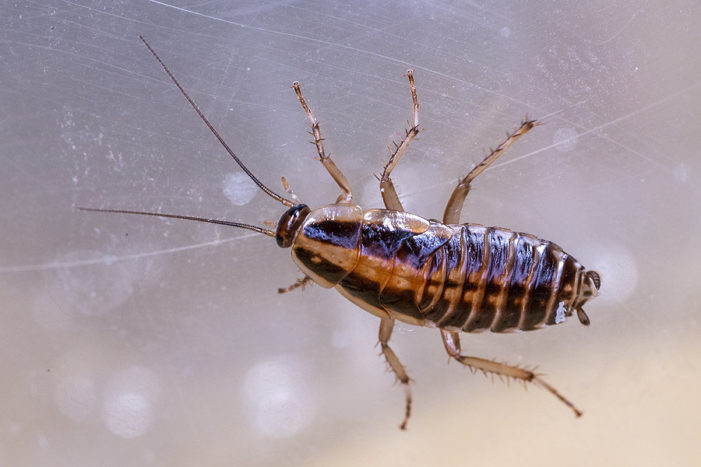
A very recognizable cockroach, the German cockroach is tan with dark brown parallel stripes on the back of its upper thorax. Smaller than the American roach, German roaches measure about ½” to 5/8”. They produce more eggs than any other roach species. While they do have wings, they rarely fly and prefer to run instead. German cockroaches prefer warmer environments, such as bathrooms or basements, but typically can be found in areas where people eat, such as the kitchen.
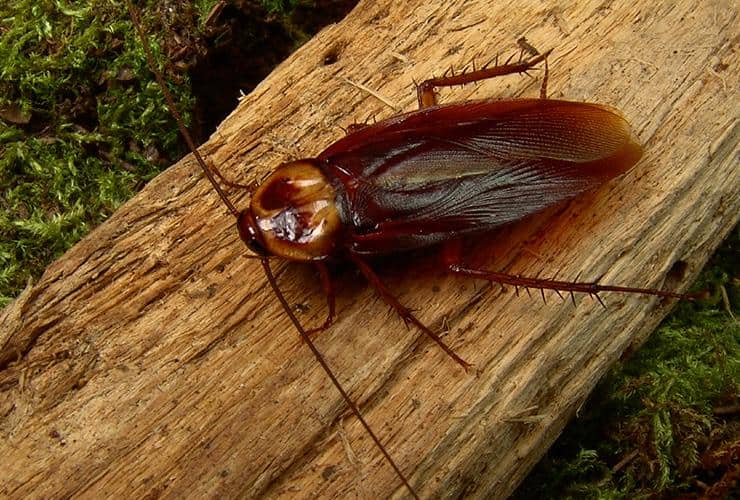
Smokybrown cockroaches are dark cherry or red with a long body length of around 1.5 inches. These roaches prefer areas of humidity and will shelter in neighborhoods with mature hardwood trees to protect them from the winds. Usually active at night, these cockroaches can be found in warm habitats such as tree holes, under mulch, and in sheds.
To avoid any type of cockroach, every homeowner should take preventative measures to keep them out of your home. Some roach prevention tips include:
If you have an issue with roaches, call your local pest control provider who can help properly identify the type of roach(es), locate points of entry, place preventative measures, and effectively eliminate them.
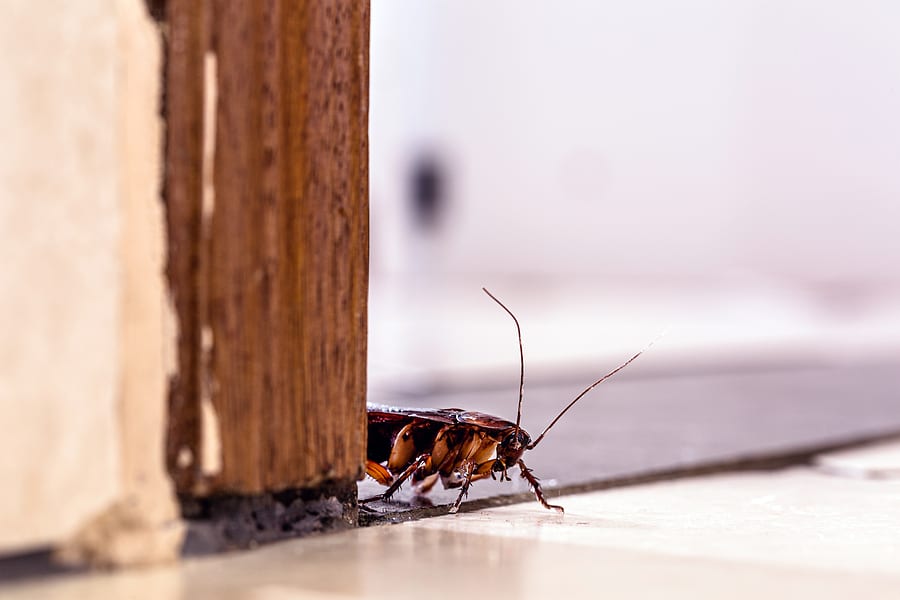
The last thing a homeowner wants to deal with is a pest infestation. One of the most common household pests is the cockroach, multiplying at a rapid rate and taking over in practically no time. The most common roaches found in households are American cockroaches, German cockroaches, and brown-banded cockroaches. Just because you see roaches in your home doesn’t mean you live in a dirty house; what attracts cockroaches may surprise you! Here are 5 common ways to attract cockroaches and how to prevent them.
Roaches thrive in dark, warm, moist, humid environments. Some of the most common sources of water in your home include leaky pipes under sinks and tubs, damp basements, AC units that leak, roof leaks, standing water, and piles of wet leaves. It is important to manage any moisture problems as soon as possible. Routinely inspect these areas of your home for leaks and fix them immediately. Consider enclosing your crawlspace to help control moisture under your home. Make sure gutters are functioning and downspouts are pointed away from foundations. Consider installing gutter guards to help prevent clogs.
Roaches will also come into your home in search of food and they will eat anything they can find. Roaches will forage in the garbage can for food scraps, grab any crumbs or food residue left on counters or floors, and can even chew through thin plastic or cardboard food containers. Make sure to clean your floors regularly by sweeping, mopping, and vacuuming. Wipe down countertops and stoves each night. Wash dishes nightly and empty the garbage regularly. Store food in plastic or glass containers rather than cardboard boxes.
One of the main things roaches eat are fibrous, organic materials found in paper and cardboard. Roaches love to feed on cardboard storage boxes that go undisturbed for long periods of time in attics, garages, and basements. Declutter as much as possible, getting rid of old boxes, newspapers, and magazines. Try to use plastic storage containers rather than cardboard boxes when possible.
Roaches don’t just get their food and water from humans. They are notorious for hijacking pet food and water bowls, especially at night, in their quest for survival. Try to feed your pets multiple times throughout the day rather than once at night. Don’t leave pet food or water bowls out overnight. Store pet food in airtight plastic containers rather than pet food bags. Clean up any spilled pet food and water, especially at night.
If your neighbors have a problem with cockroaches, there is a good chance you’ll end up with them, as well. This is especially true for apartments and other attached homes but can also occur with single family homes that are in close proximity to each other. Unfortunately, there isn’t much you can do to prevent your neighbors from getting an infestation; but you can take the above preventative steps and schedule routine pest control for your home to help keep them away.
Roaches can be extremely difficult to control and eliminate once they have established themselves in your home. If you have a problem with cockroaches or any other pests, contact a reliable pest control company who can identify the type of pest you are dealing with and provide you with an appropriate treatment and prevention plan.
Preventing a Mosquito Infestation
When Should You Start Fall Lawn Care?
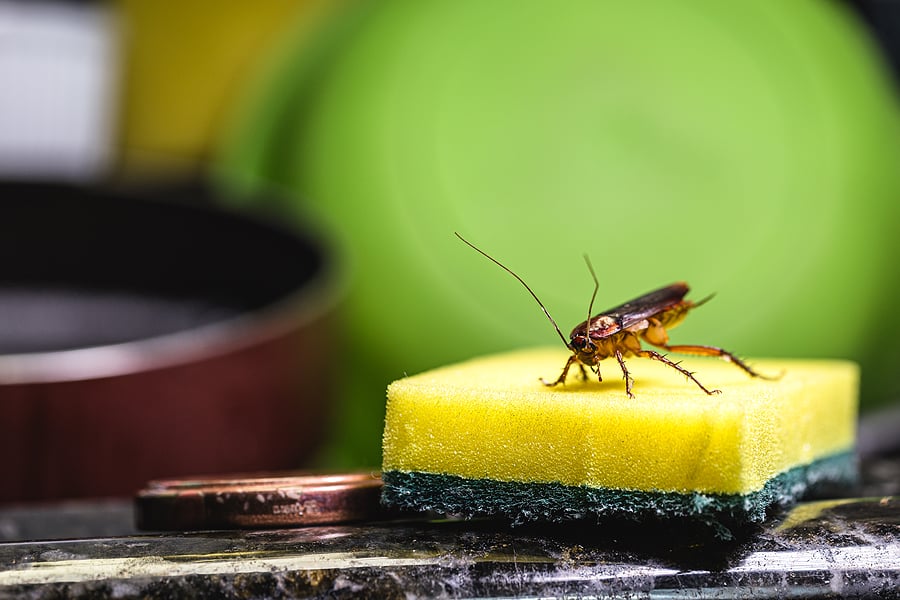
Cockroaches are household pests known for spreading bacteria and triggering allergies and asthma. These nocturnal pests come out at night to feed and hide in cracks and crevices during the day. Roaches are attracted to moisture and are most commonly found in bathrooms, kitchens, laundry rooms, basements, and drains. Because they are nocturnal, you may not notice you have a roach problem until a full blown cockroach infestation has set in. Spotting the signs of cockroaches can help you head off an infestation before it gets out of hand. Here are 7 signs you may have cockroaches.
If your neighbors mention having a roach problem, especially if you live in an apartment, condo, or townhouse, the odds are likely that they will make their way over to your home, as well. One way to help prevent this is by getting rid of what attracts roaches in your home. Don’t put open food containers in the trash; don’t leave crumbs on the floor; clean up messes as they happen; keep garbage cans sealed; and try not to store outdoor trash cans near your home.
Roaches are attracted to moisture so they are often found in areas of high moisture in your home. In these areas, they will often produce dark, irregularly-shaped smear marks as they rest or crawl along walls. These smears are often seen on horizontal surfaces and where the wall and floor meet.
Roaches leave droppings behind wherever they are. The size and shape of droppings vary between species. Some species leave behind a small brown stain. German cockroaches leave behind pepper-like specks that can also resemble coffee grounds. The larger American cockroach species leaves behind droppings closer to a grain of rice. The most common places to check for droppings are floor corners, cabinets, under the fridge, and under the stove. It is important to clean any droppings up when you find them as they are known to spread bacteria.
Egg casings are long, hollow, light brown tubes that hold cockroach eggs, anywhere from 20 to 50 at a time. Although most species leave egg casings behind once the eggs are laid, some species actually carry them with them until their offspring hatch. Egg casings are usually found at the base of the refrigerator, in cabinets that store food, and near leaky pipes. If you find a casing that still has eggs in it, dispose of it by flushing it down the toilet.
Roaches and their feces give off a musky, unpleasant odor. While one roach usually doesn’t emit a strong enough odor to be detected by humans, when larger numbers of roaches get together the smell gets stronger and more easily detected. While the smell is usually associated with live roaches, dead cockroaches can also emit the odor as part of the decomposition process.
The feces and exoskeleton of cockroaches contain proteins that can trigger allergies and asthma. If you don’t usually have allergies and have symptoms appear without a known trigger; or your current allergy and asthma symptoms seem to get worse without a known trigger this may indicate the presence of cockroaches in your home. Symptoms include stuffy nose, wheezing, red itching eyes, shortness of breath, chest tightness, and the increased use of your inhaler.
If you see one roach, the odds are likely that there are many others present. Roaches are nocturnal and usually spotted at night. If you are seeing roaches during the day, overcrowding from an infestation may be forcing them out in the open.
The best way to avoid a roach infestation is to prevent them in the first place. Prevent cockroaches by:
If you have a problem with roaches or any other pest, contact your local pest control company for a free analysis and comprehensive treatment plan.
Bed Bugs: Where Do They Come From?
How to Prevent Little Black Ants